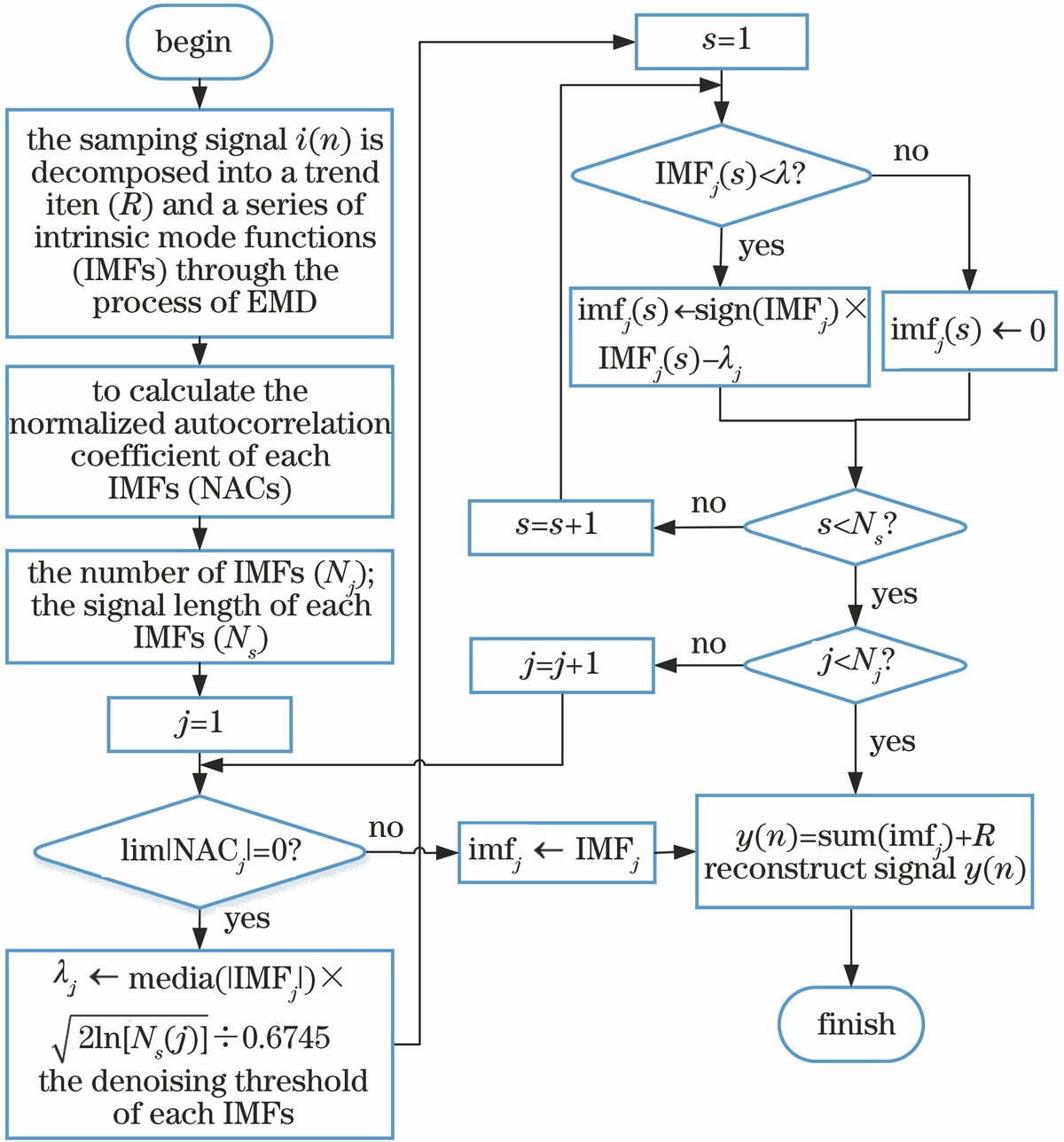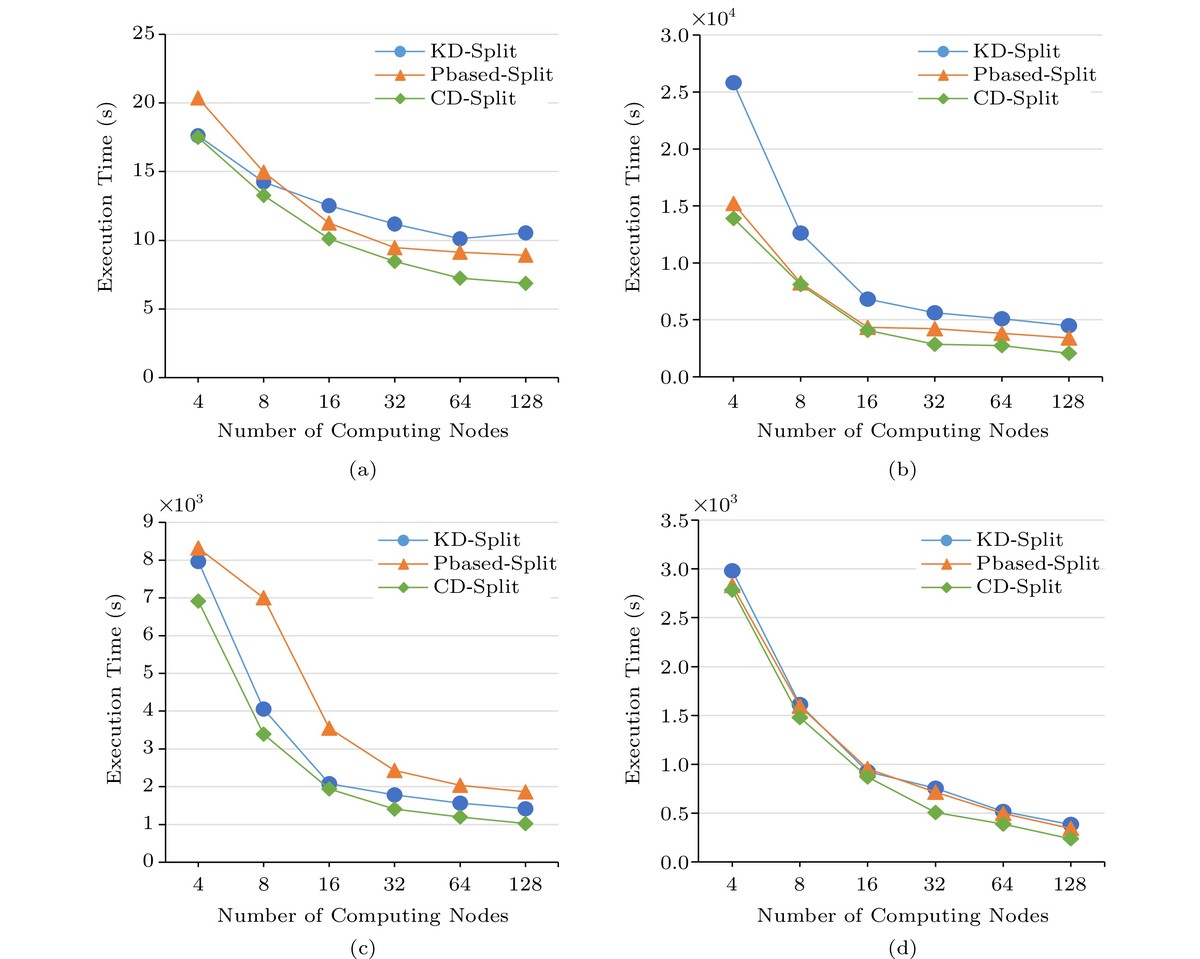==============================================================
In the fast-paced world of high-frequency trading (HFT), data mining has become a cornerstone of strategy development. By extracting meaningful patterns from massive amounts of market data, data mining algorithms provide traders with a powerful tool for predicting price movements, optimizing trading strategies, and making lightning-fast decisions. This article explores the significance of data mining in high-frequency trading, the types of algorithms used, and how they can be integrated into a trading system to improve performance.
What is High-Frequency Trading (HFT)?
Overview of HFT
High-frequency trading involves executing a large number of orders at extremely high speeds, often measured in microseconds. HFT relies on algorithms and powerful computers to make decisions, execute trades, and close positions in a fraction of a second. The objective is not necessarily to make large profits on individual trades but to capitalize on tiny price movements across thousands or millions of trades.
Given the speed and volume of trades, HFT firms rely heavily on sophisticated data mining algorithms to process vast amounts of financial data quickly and accurately. These algorithms identify trends, anomalies, and correlations in the data that would be impossible for human traders to spot in real-time.
The Role of Data Mining in HFT
Data mining refers to the process of analyzing large datasets to uncover hidden patterns, trends, and insights. In high-frequency trading, data mining algorithms are used to:
- Analyze market data in real-time.
- Generate predictive models for price movement and volatility.
- Identify arbitrage opportunities across different markets.
- Develop and backtest trading strategies using historical data.
- Enhance risk management by detecting market anomalies and potential threats.
Data mining algorithms in HFT typically focus on processing market data, such as price, volume, and order book information, at extraordinarily high speeds. These insights drive algorithmic trading strategies that execute trades based on real-time market conditions.

Types of Data Mining Algorithms for High-Frequency Trading
1. Supervised Learning Algorithms
Supervised learning involves training algorithms on labeled data (i.e., data that has known outcomes). In the context of HFT, supervised learning algorithms can predict future price movements based on historical market data. Some common types of supervised learning algorithms used in HFT include:
a) Support Vector Machines (SVM)
Support Vector Machines are a type of supervised learning algorithm used for classification and regression tasks. In HFT, SVM can be employed to classify whether a stock will go up or down in the next second based on historical data, order book information, and price movement patterns. The algorithm creates a hyperplane that separates the data into different classes and uses it to make predictions.
b) Decision Trees
Decision trees are used to classify data into categories based on input features. In HFT, decision trees can be used to predict market trends, such as whether an asset is likely to experience a price increase or decrease. By analyzing historical price data and technical indicators, decision trees can help identify which market conditions lead to profitable trades.
c) Random Forests
A Random Forest is an ensemble learning method that combines multiple decision trees to make more accurate predictions. It’s highly effective in high-frequency trading as it can handle a large number of input features (such as price data, market sentiment, and technical indicators) and reduce the risk of overfitting. The algorithm is robust to noise and can improve the accuracy of price predictions.
2. Unsupervised Learning Algorithms
Unsupervised learning is used when the data does not have labeled outcomes, and the algorithm must find hidden patterns on its own. In HFT, unsupervised learning algorithms can identify market inefficiencies and anomalies. Some commonly used unsupervised learning algorithms include:
a) K-Means Clustering
K-Means clustering groups similar data points into clusters based on shared characteristics. In high-frequency trading, K-means can be applied to classify different market conditions (e.g., volatile or stable markets) and identify patterns of behavior across various stocks or asset classes. This can help traders identify periods of high volatility or low liquidity, which may present profitable trading opportunities.
b) Principal Component Analysis (PCA)
Principal Component Analysis is a technique used to reduce the dimensionality of data while retaining its most important features. PCA is commonly used to analyze large financial datasets and identify the principal factors that drive market movements. In HFT, PCA can help identify correlations between different financial instruments, providing insights into market trends and potential trading opportunities.
3. Reinforcement Learning Algorithms
Reinforcement learning (RL) is a type of machine learning where an agent learns to make decisions by interacting with its environment and receiving feedback. In the context of high-frequency trading, reinforcement learning algorithms can be used to develop autonomous trading systems that continually learn from market behavior.
a) Q-Learning
Q-learning is a model-free reinforcement learning algorithm that can be used in algorithmic trading. The goal of Q-learning is to find the best action to take in each state of the market in order to maximize future profits. By exploring different market conditions and adjusting strategies based on the rewards it receives, Q-learning can help create adaptive trading systems that respond in real-time to price movements.
b) Deep Q Networks (DQN)
Deep Q Networks (DQN) combine deep learning with Q-learning to create more complex and effective trading strategies. DQN can handle high-dimensional data, such as high-frequency market data, and make decisions based on both past actions and future market predictions. By training on large datasets, DQNs can help build robust trading models that continuously evolve based on market conditions.
Integrating Data Mining Algorithms into High-Frequency Trading Systems
Integrating data mining algorithms into high-frequency trading systems requires a careful approach to both technical and operational challenges. Some key considerations include:
1. Data Preprocessing and Feature Engineering
Data preprocessing is crucial for ensuring that the raw market data is clean, structured, and usable for mining. In HFT, feature engineering involves selecting the right features (such as price momentum, order book imbalance, and volatility) that will help the algorithm make better predictions. Efficient feature selection and extraction can significantly improve the performance of data mining algorithms.
2. Backtesting and Model Validation
Before deploying a data mining algorithm in a live trading environment, it is essential to backtest the model on historical data. This allows traders to evaluate the algorithm’s performance and ensure that it can adapt to changing market conditions. It’s also important to conduct cross-validation to test the model on different subsets of data and avoid overfitting.
3. Real-Time Data Processing
High-frequency trading relies on real-time data analysis to make instant decisions. This requires powerful computing infrastructure capable of processing vast amounts of market data in microseconds. Data mining algorithms must be optimized for speed and low latency to ensure they can provide actionable insights in time to execute trades.
4. Risk Management and Strategy Optimization
In addition to making trading decisions, data mining algorithms in HFT must also incorporate risk management principles. Algorithms should be designed to minimize exposure to market risk, identify potential threats, and optimize trading strategies to maximize profitability while limiting potential losses.

FAQ (Frequently Asked Questions)
1. How do data mining algorithms improve high-frequency trading?
Data mining algorithms enhance high-frequency trading by identifying patterns and trends in vast datasets that human traders cannot detect in real-time. These algorithms can predict market movements, spot arbitrage opportunities, and optimize trading strategies for faster and more accurate decision-making, thereby improving profitability.
2. What is the most commonly used data mining technique in HFT?
The most commonly used data mining techniques in high-frequency trading include supervised learning algorithms such as SVM and decision trees, as well as reinforcement learning for creating adaptive trading systems. These algorithms are capable of processing and analyzing massive datasets at lightning speeds, making them ideal for the fast-paced nature of HFT.
3. What are the challenges of using data mining in high-frequency trading?
Some of the key challenges of using data mining in high-frequency trading include:
- Data quality and preprocessing: Ensuring that the data is clean, structured, and free from noise.
- Computational power: The need for advanced computing systems to process data in real-time.
- Model overfitting: Ensuring that models are generalized and can adapt to changing market conditions.
Conclusion
Data mining algorithms are critical to the success of high-frequency trading. By leveraging the power of machine learning and statistical models, traders can gain insights into market behavior, improve trading strategies, and make lightning-fast decisions. As technology continues to evolve, the integration of advanced data mining techniques into high-frequency trading systems will only become more sophisticated, further enhancing the ability to profit from minute price fluctuations. Understanding and utilizing these algorithms is key for traders who wish to succeed in this highly competitive and fast-paced environment.

0 Comments
Leave a Comment